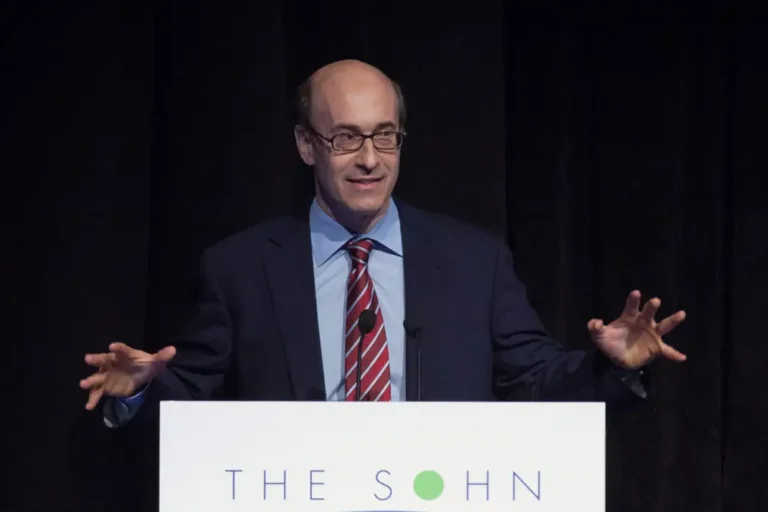A 27-year-old real-estate investor explains how he house-hacked his way into making up to $15,000 in monthly revenue — plus the property types that maximized rental income

- Cody Berman’s first real-estate purchase was very strategic.
- It allowed him to live rent-free while earning income from the other units.
- He repeated this process following the simple 1% rule.
Cody Berman’s primary source of income was freelancing, blogging, and selling digital products such as calendars and planners. However, he had heard of many online personal finance content creators investing in real estate.
In 2018, he began investigating the asset class as another source of cash flow.
“I always had this feeling that it might just go away one day,” Berman said of his online jobs. “This almost seems too good to be true.” I make money with my laptop.
He desired a tried-and-true asset, and real estate was the obvious choice because people always need a place to live. Berman had some commercial real estate experience from previous internships where he learned how to analyze property financials.
“I just saw it as a way to diversify some of my net worth and some of my income away from this digital product online space, he said”
He found a three-family house in Windham County, Connecticut, with one paying tenant in September 2020. Berman could live in the basement unit for free while renting the two larger units to cover his expenses.
Each of the main units had three bedrooms and one bathroom. The basement unit had one bedroom and one bathroom.
He paid $235,000 for the house with a 20% down payment. Other costs included the mortgage, insurance, property taxes, and maintenance, totaling $1,850. Another month passed before he found a second tenant for the other unit. The two units generated $2,300 in rental income, or a $500 cash flow, and Berman lived rent-free.
“I don’t think people realize how much you can shift the needle and what you can save and how wide you could spread the gap between your income and your expenses if you’re doing something like house hacking where you’re actually making your primary residence an income-generating property rather than just paying rent or paying a mortgage,” he said.
He eventually left and rented out the basement as well. His total rental income from the property is now $3,900 per month.
Berman stated that he follows the 1% rule, which states that the monthly rent on a property should equal or exceed 1% of the purchase price. As a result, a $235,000 purchase price should yield $2,350 in monthly rent.
“It looked like a home run, but I was thinking in the back of my mind, is this real?” This appears to be too good to be true. “How come more people don’t do this?” Berman stated. “It was just so much financial security after it went through, after we got tenants in place.” Many of my friends were renting in Boston for $2,000 per month.”
Berman decided he wanted to do it again because it went so well. Two months later, in November 2020, the listing agent who sold him the first property listed another duplex down the street for sale. It had two paying tenants this time, bringing in $2,200 in monthly rental income. The asking price was $185,000, but he was able to negotiate a lower price of $170,000.
Berman continued to buy similar properties.
According to lease agreements reviewed by Insider, he owns one duplex in Massachusetts and two three-family homes in Connecticut and Massachusetts for eight long-term rental units that bring in $9,300 per month. He eventually entered the short-term rental market by purchasing one property with a business partner and comanaging two others. Together, they earned $5,520 in September, totaling $14,820 in rental earnings that month.
A more immediate strategy
“As I became a real-estate investor, I met all these other people, and I heard about other strategies,” Berman told me. “People were just making an absolute fortune with short-term rentals, two to four times what you could make with the long-term version of that same property.”
He started looking for houses that would make good short-term rentals in 2022. For Massachusetts, this meant single-family homes in high-traffic areas, such as lakefronts near wedding venues.
The only snag was that he didn’t want the additional work of managing short-term rentals. So he approached his realtor, who owned a cleaning company and had a system in place to service and manage short-term rentals, and asked if they could collaborate on Airbnb properties.
In February 2022, they paid $275,000 for a single-family home in Worcester, Massachusetts, with lake access and close proximity to multiple wedding venues. They split the down payment of 20%. The property was upgraded and furnished over the course of three months, including the installation of a central air conditioner, an electric fireplace, and a hot tub. The upgrades cost about $36,000, which was split equally between the two parties. By May of that year, the house had been listed on Airbnb, and bookings began to come in within a few days.
The property’s total booking revenue to date is $46,000.
In August, the owner of a single-family lakefront home in the same neighborhood asked Berman and his business partner if they could manage her property on Airbnb as well. This was a fantastic opportunity to increase revenue while maintaining the same business model with no upfront capital. The house had been renovated and furnished.
“The second we walked in, we were like, ‘oh, this is going to be perfect,'” Berman told me.
Berman and his business partner would receive 30% of the profit for managing it, while the homeowner would keep 70%. The property brought in over $5,200 in revenue the month after it was listed. As the number of positive reviews grew, so did the property’s earnings.
This process was repeated by Berman and his business partner with another lakefront property in the same area. It included two cottage-style houses that they could rent out on Airbnb. The property was listed on September 1 and received its first booking on September 4. It has generated $13,100 in revenue since then.
According to records reviewed by Insider, all three properties made $25,000 in revenue in September. Berman’s share for each was $2,488 from the one he owns, $1,067 from the comanaged ones, and $1,965 from the comanaged ones.
Berman believes you may not be able to begin by purchasing 15 rental units. The main takeaway, however, is that your first property should be strategic. This entails looking for a reasonably priced duplex or triplex to convert your primary residence into an income-producing asset. If you don’t have the capital to put down, he suggests getting creative and partnering with someone who does have the capital or property and offering to manage it for a percentage of the profits.






